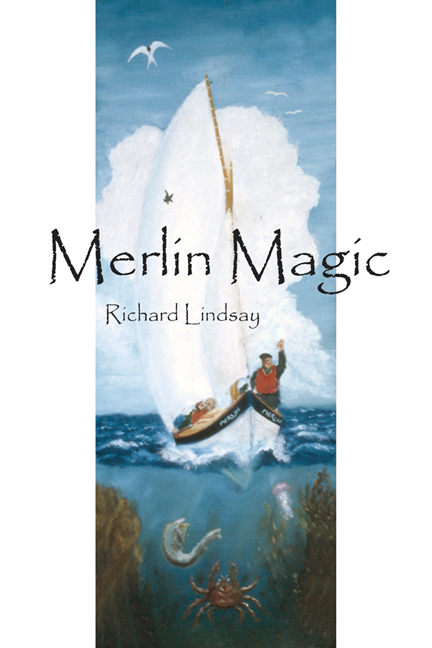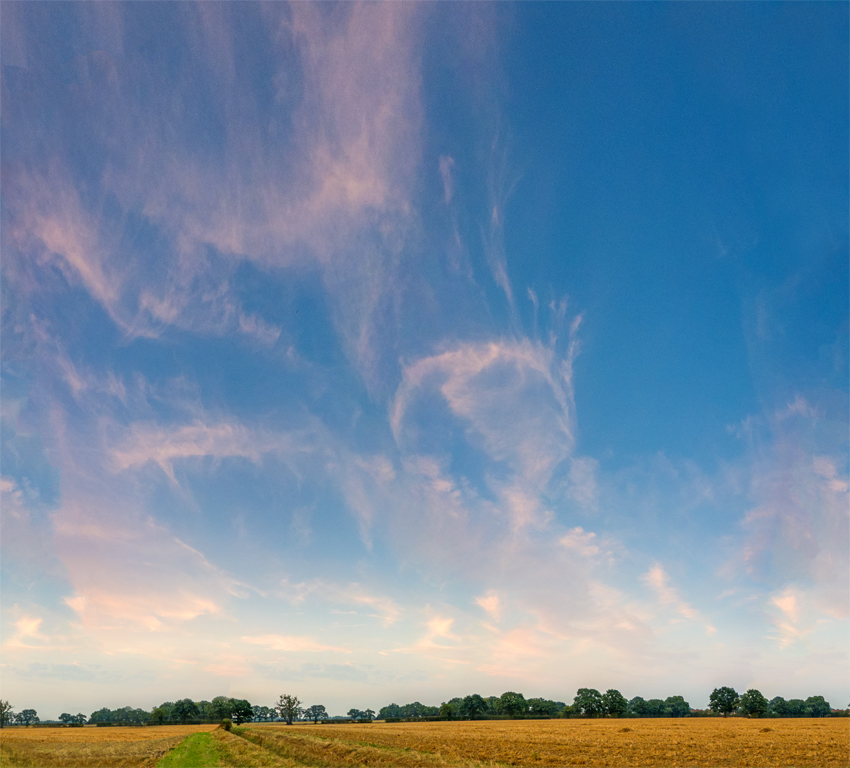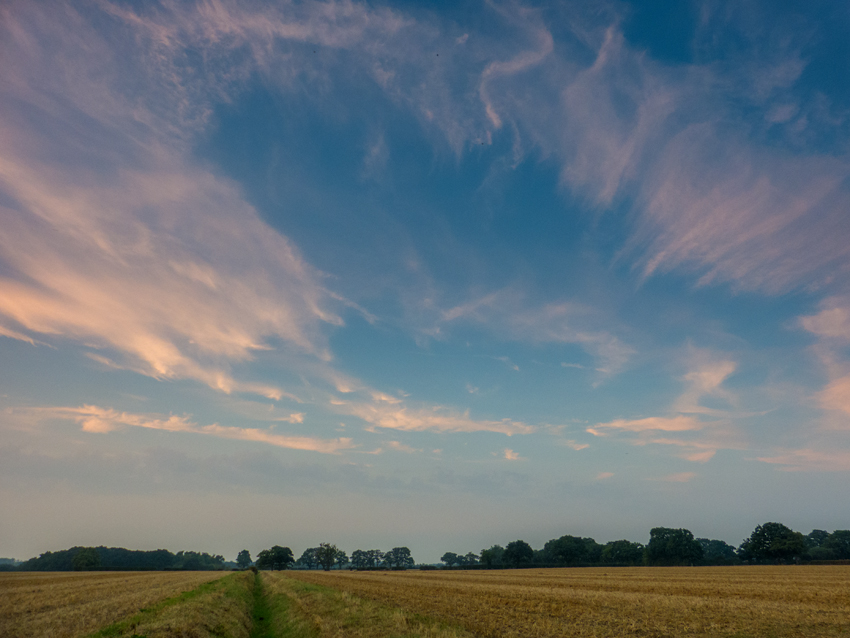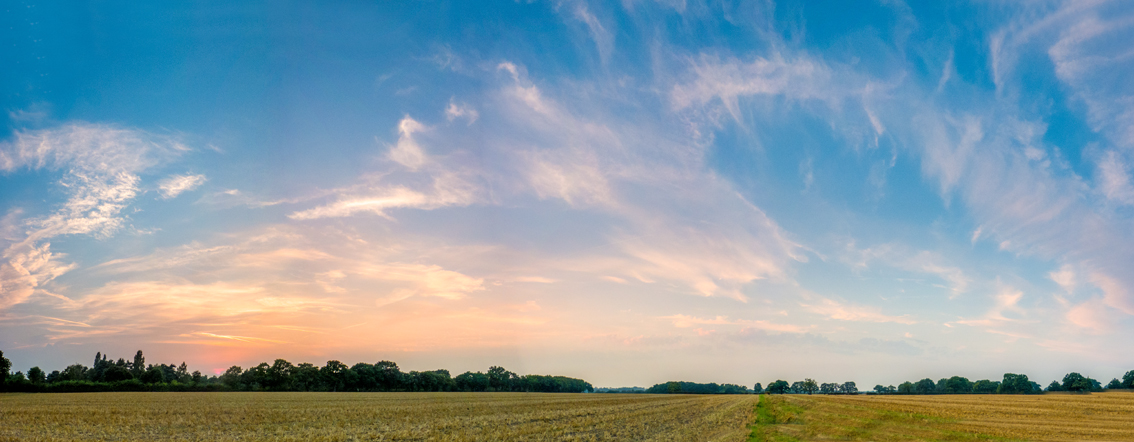It is one of the great ironies of the immediate post-war period that the Wild Life Conservation Special Committee, chaired initially by Dr Julian Huxley then by Sir Arthur Tansley, in producing Command 7122 Conservation of Nature in England and Wales (the first blueprint for statutory habitat conservation in England and Wales), failed to identify what would prove to be the greatest threat of all to the UK’s range of natural and semi-natural ecosystems – namely the mechanisation and intensification of agriculture.
In terms of habitat conservation, Command 7122 and its progeny The National Parks and Access to the Countryside Act 1949 were focused on the creation of nature reserves in which scientific research could be carried out on relatively natural ecosystems, while “scattered through the country [were] many small sites of considerable scientific importance”.
Command 7122, Section 214 was at pains to emphasise that these many scattered “Sites of Special Scientific Importance” (later to be termed “Sites of Special Scientific Interest” by Section 23 of the 1949 Act) would not stand in the way of development: It is not suggested that the existence of any such site should hold up plans for development, but that there should be machinery by which its existence could be made known at the earliest stage of planning so that such action as may be possible can be taken for its protection.
Farming practices, however, were not subject to planning control. One is left with the impression that the members of the Wild Life Conservation Special Committee retained a pre-war view of agriculture, a view of agriculture which, until the outbreak of war in 1939, looked remarkably similar to farming carried out a century or even two centuries earlier and in some cases dating back to pre-Norman times. These labour-intensive and in most cases manual practices gave rise to the rich diversity of habitats and species for which the UK countryside was famed and for which UK troops were urged to fight.
![Your Britain - Fight for it Now [South Downs]](http://media.iwm.org.uk/iwm/mediaLib/148/media-148509/standard.jpg?action=e&cat=posters)
Your Britain – Fight for it Now [South Downs]© IWM (Art.IWM PST 14887)
Indeed a succession of committes sat through some of the darkest days of the war to frame the remit of the Wild Life Conservation Special Committee, but neither they nor the members of the Special Committee appear to have recognised that this landscape, which so many people were working or fighting to protect, was already vanishing because agriculture was undergoing a second agrarian revolution. Agriculture was mechanising and doing so at breathtaking speed because German U-boats were in danger of starving the UK into submission by sinking more than 3,500 allied merchant ships during what Churchill dubbed ‘The Battle of the Atlantic’. Indeed he later claimed that the only thing to have frightened him during the war was the U-Boat threat:
![U Boote Heraus! [The U-boats Are Out!]](http://media.iwm.org.uk/ciim5/358/656/mid_000000.jpg?action=e&cat=posters)
U Boote Heraus! [The U-boats Are Out!]© IWM (Art.IWM PST 0515)
So great was the danger of starvation and collapse that War Agricultural Executive Committees (War Ags) were established to encourage and enforce expansion of land under agriculture, with the result that the area of land under agriculture rose from a historic low of 5.2 million hectares in 1938 to almost 8 million hectares by 1945 – the largest area of arable land since formal records began to be collated in 1875 and representing a 50% expansion in just 5 years.
This expansion undoubtedly rescued the UK from starvation but still came at a huge environmental cost. Swathes of formerly unploughed ground, including chalk downlands of the type featured in the ‘Fight for it now’ poster, were put to the plough, while new chemical fertilisers such as nitro-chalk were added to the land to encourage grasses at the expense of rich wildflower communities and their associated extraordinary butterfly populations. Few farms possessed tractors before the war but by the end of the war most farms relied entirely on tractor power.
Post-war planning led to both the Agriculture Act 1947 and the National parks and Access to the Countryside Act 1949, but the provisions for habitat conservation contained within this latter Act, based as it was on Command 7122, provided little or no protection from the new force shaping the countryside – namely modern agriculture.
Jump forward almost 70 years across a relentless picture of declining habitats, declining invertebrate assemblages and declining bird populations, and the story of agriculture is picked up by Dieter Helm. The BREXIT vote has shaken many of the UK’s longest-established institutions, but potentially nowhere more so than the possible long-term effects on agriculture. After almost three-quarters of a century supported first by the UK Government and the once-mighty MAFF (now extinct), then by the even more mighty CAP (now heading for the divorce courts), it is not clear who in future will provide shelter for the agricultural industry nor what form the agricultural industry will be forced to take. I am not sure that Dieter’s paper has all the answers, but it certainly asks the right questions about the relationship between the environment, agriculture and land-use support mechanisms:
British Agricultural Policy after BREXIT
His paper can be read as a blog but it is also available as a downloadable PDF, which I find easier to read.


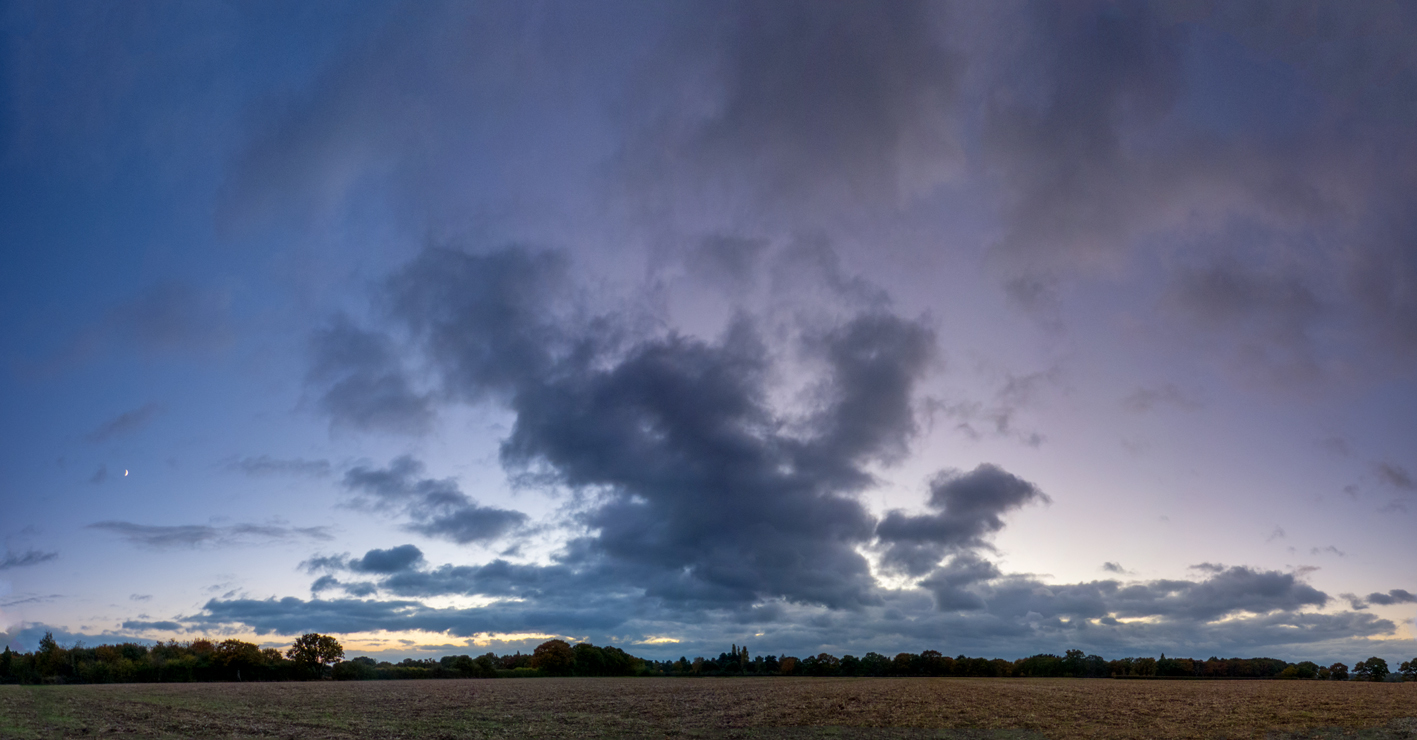
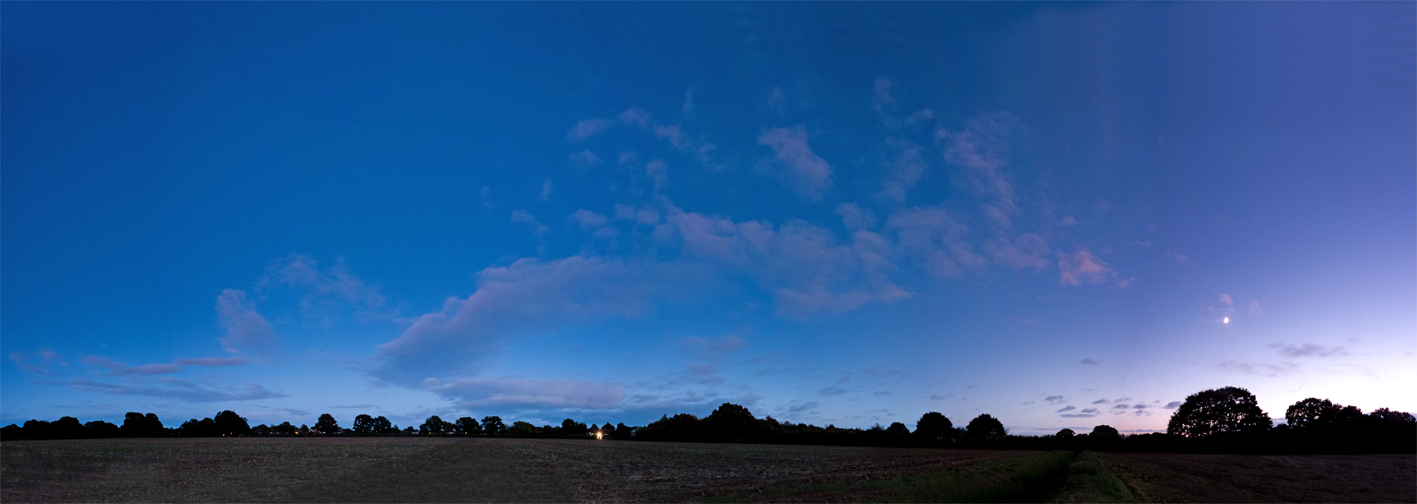
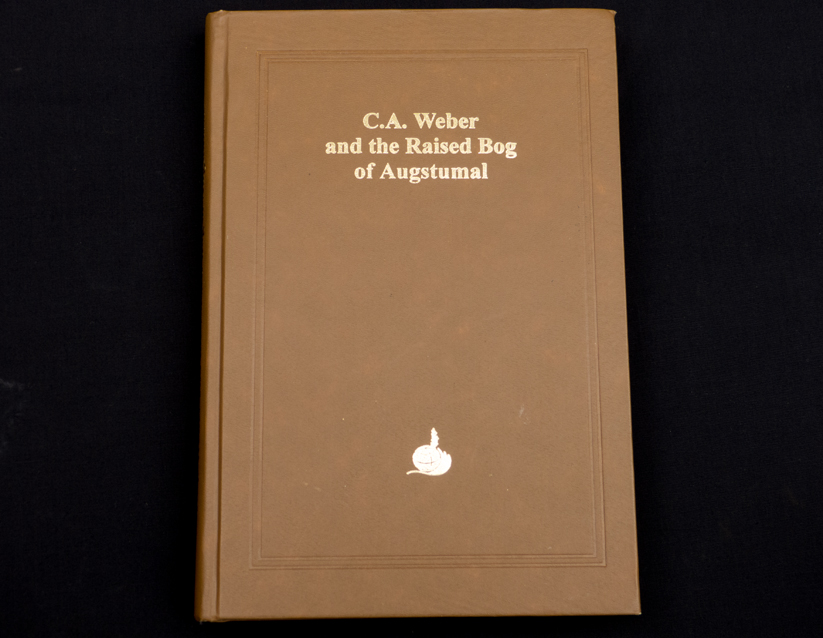
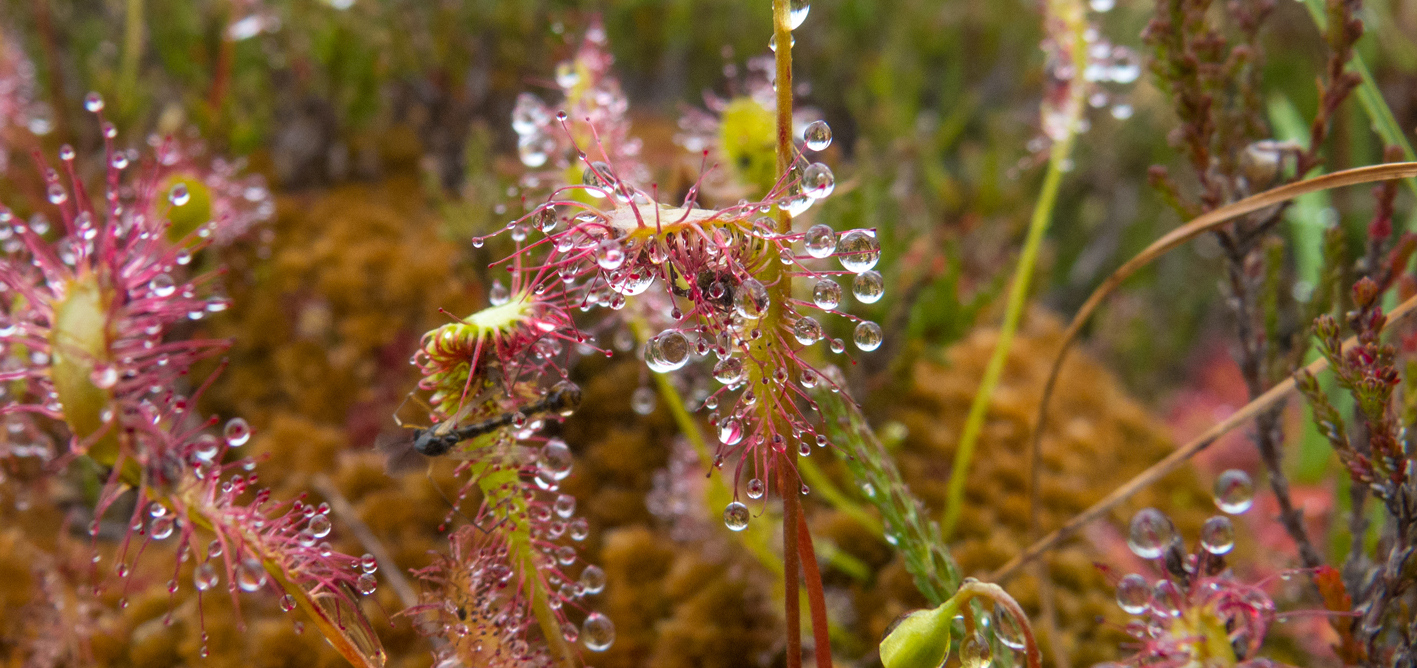
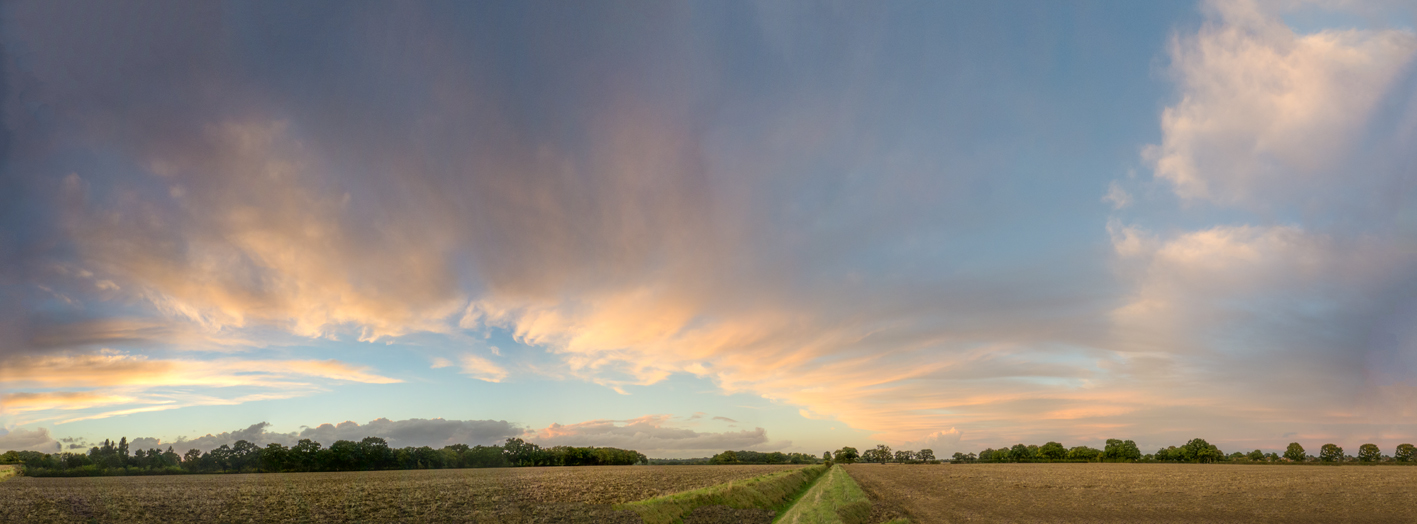
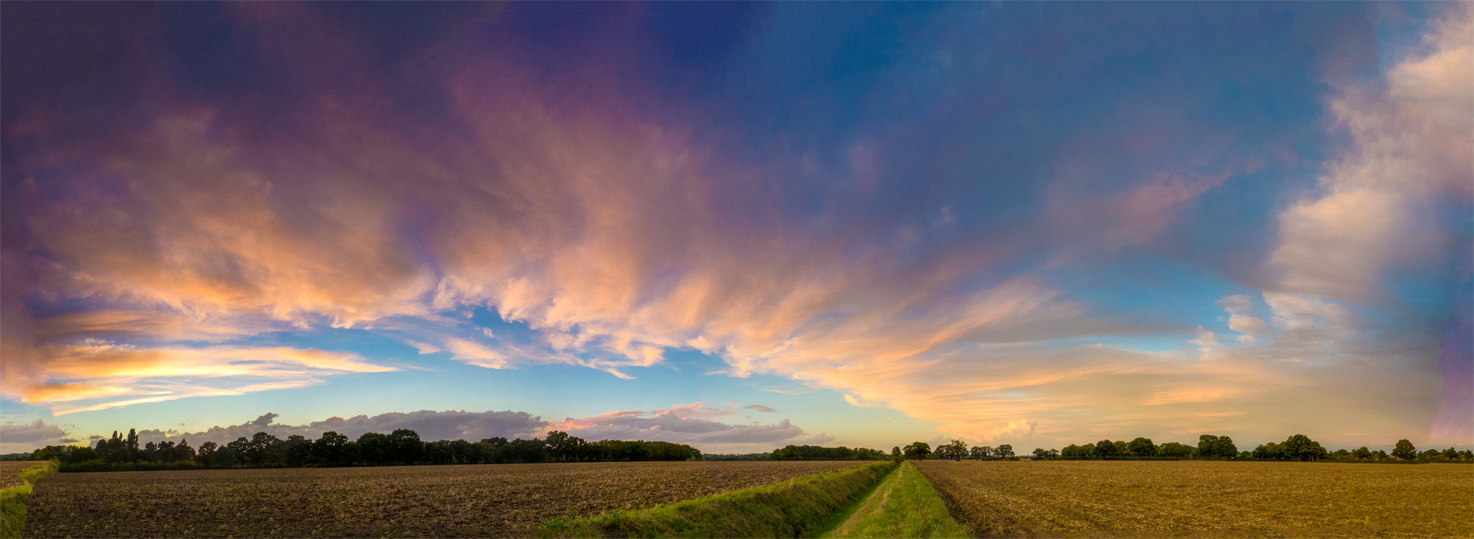
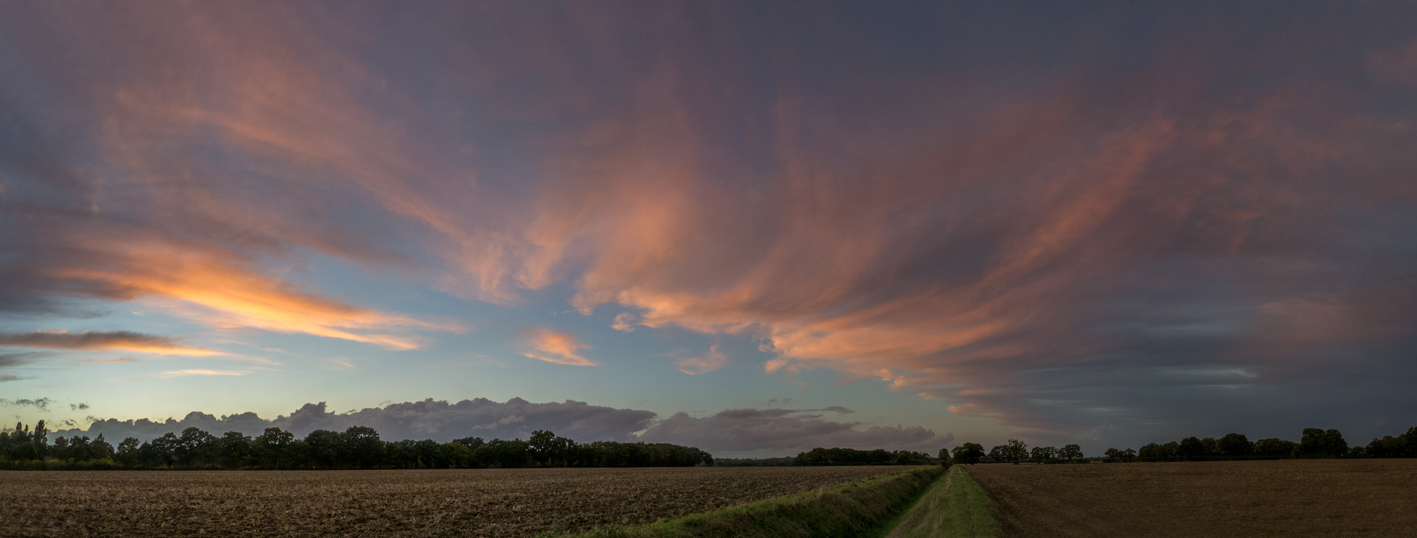
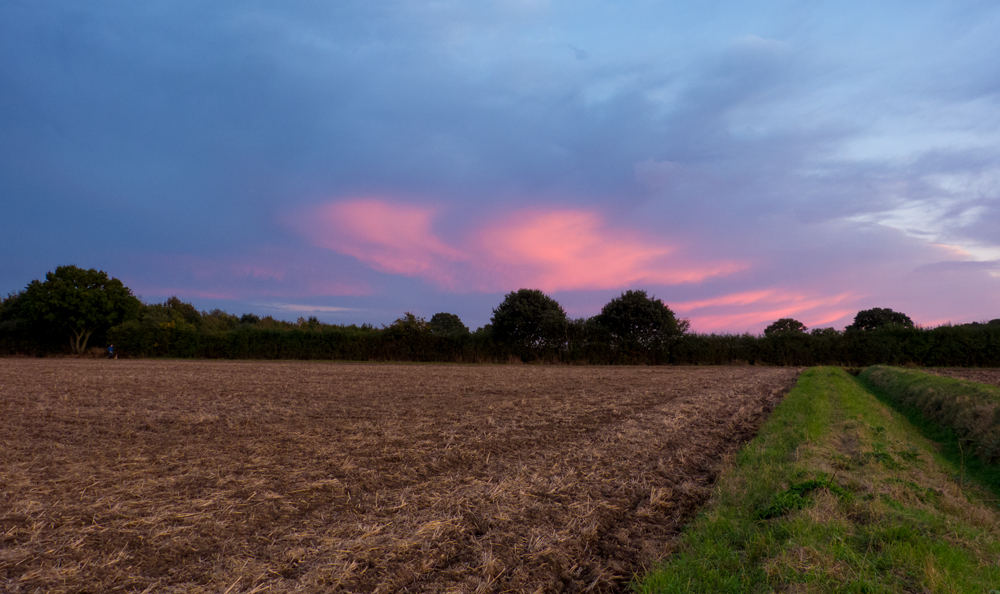
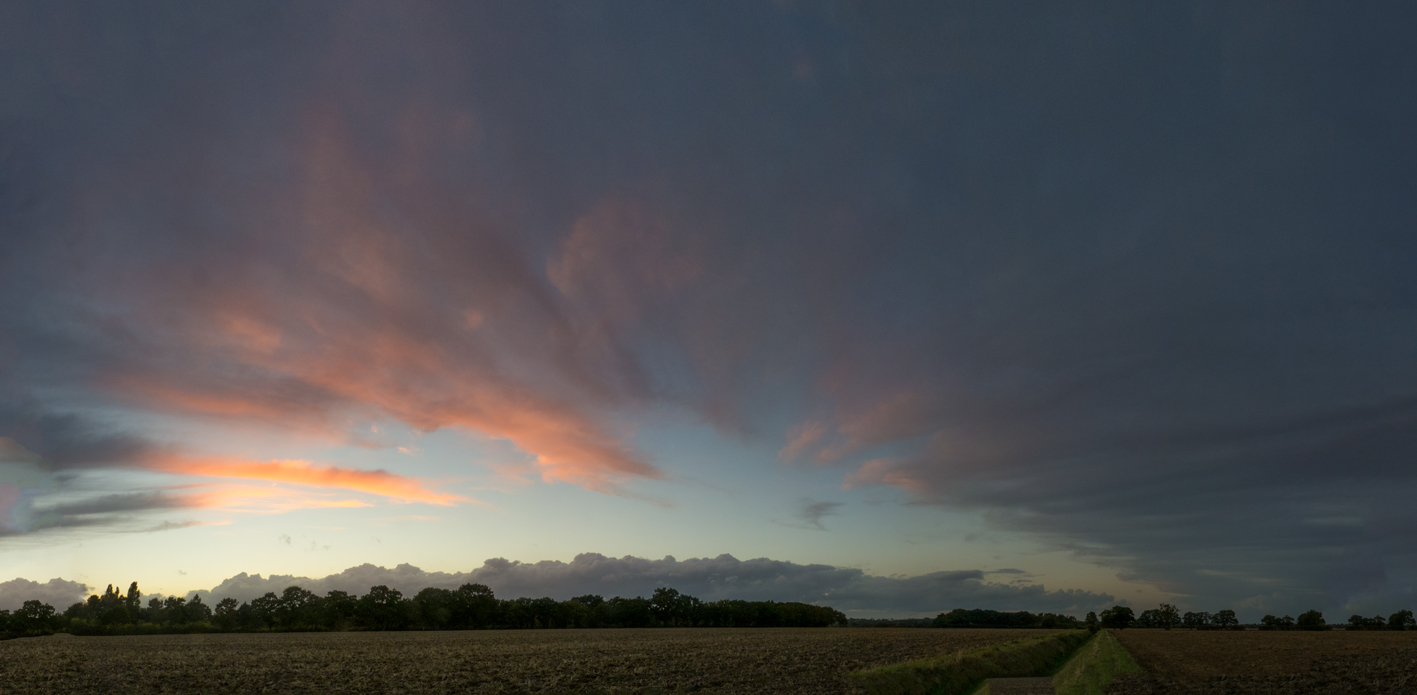
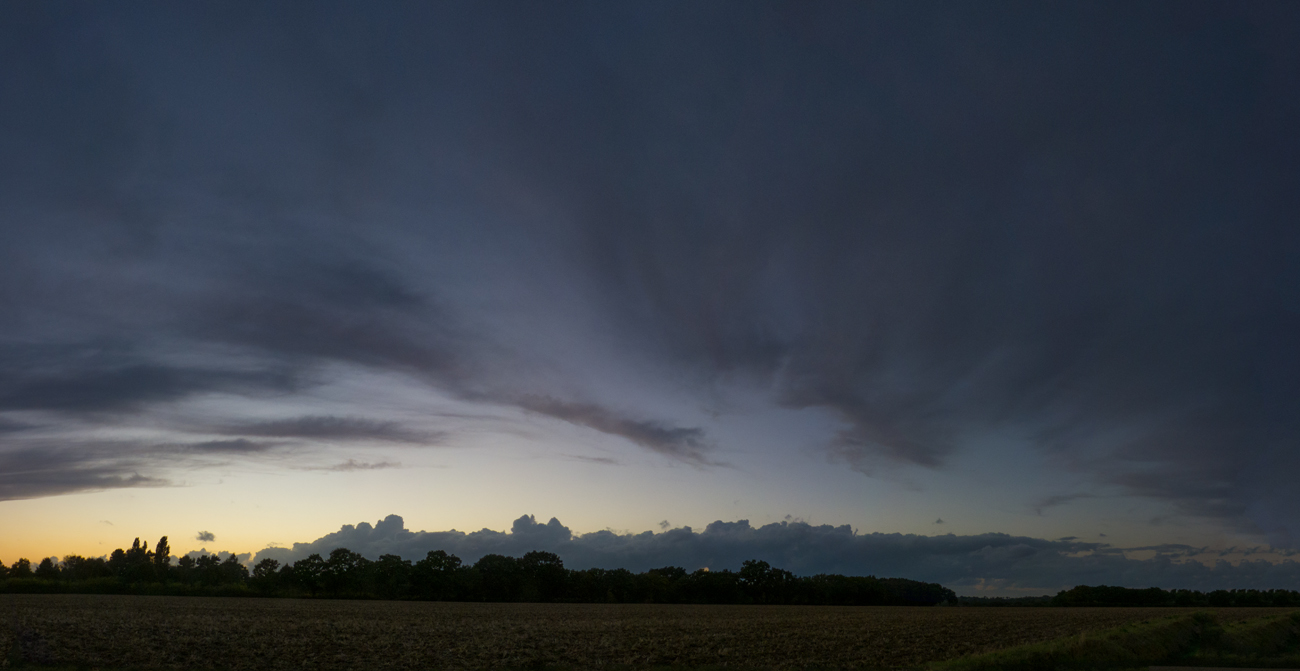
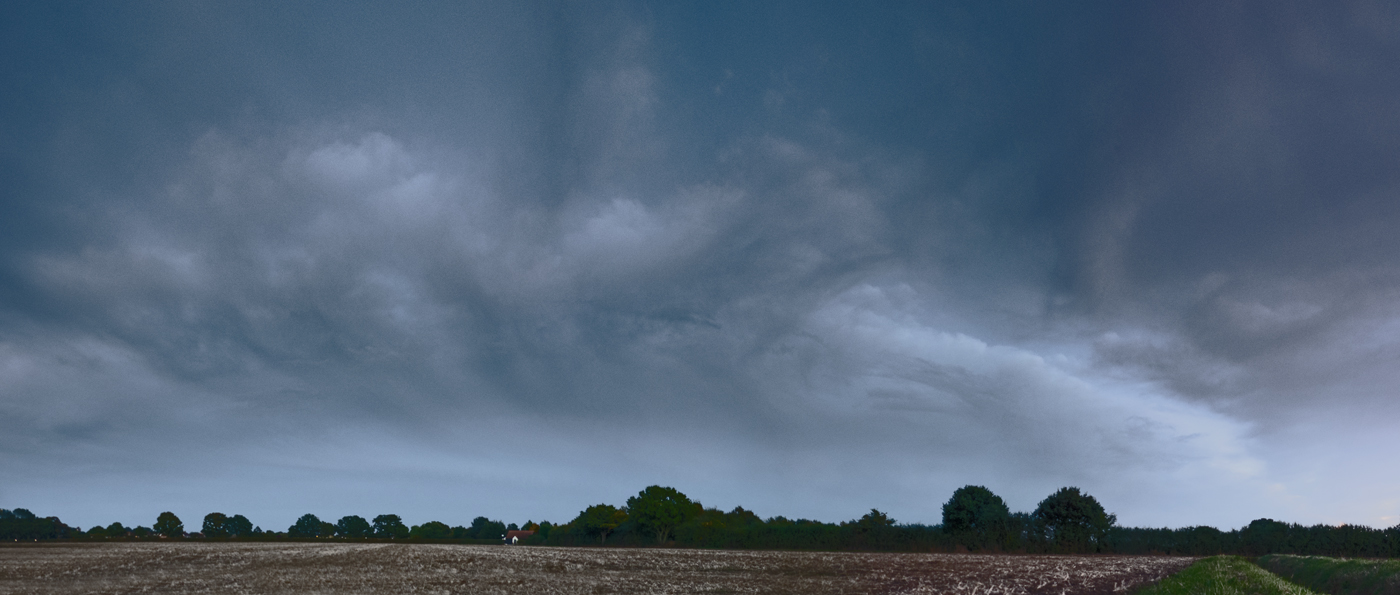
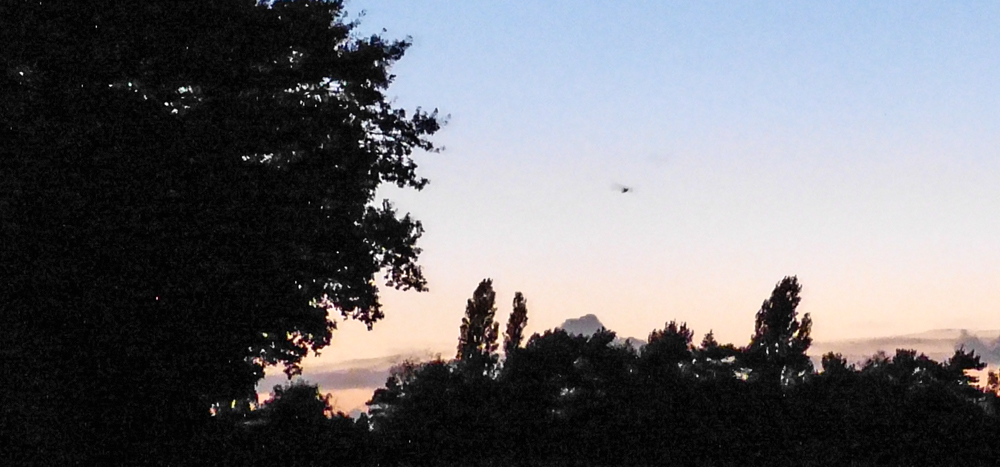
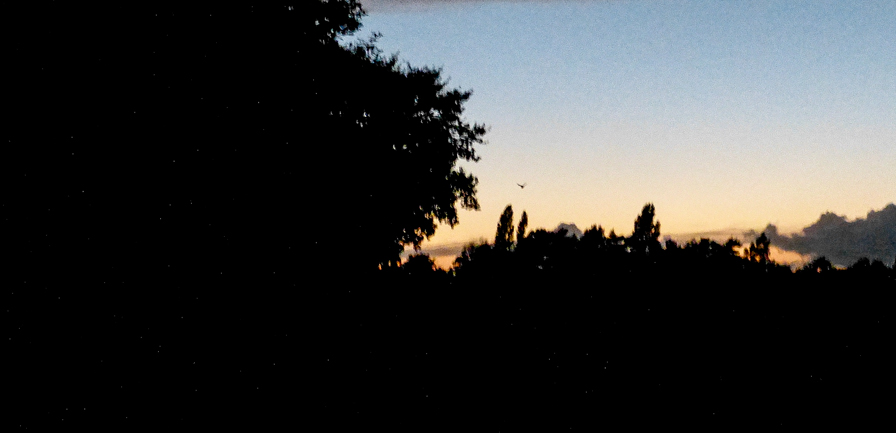
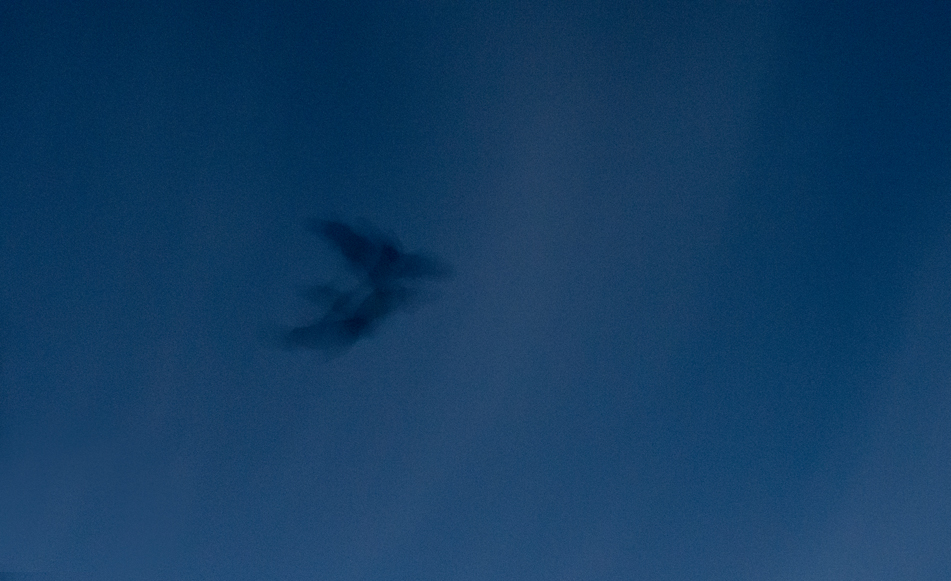
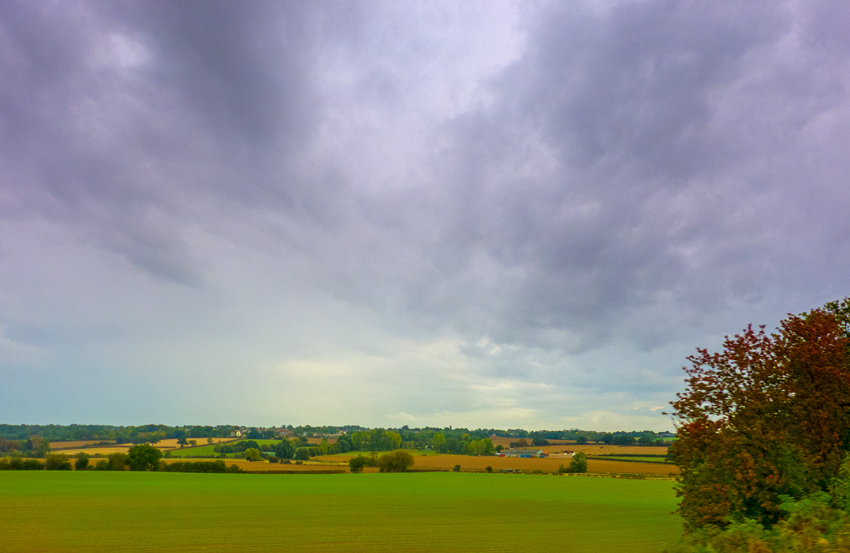
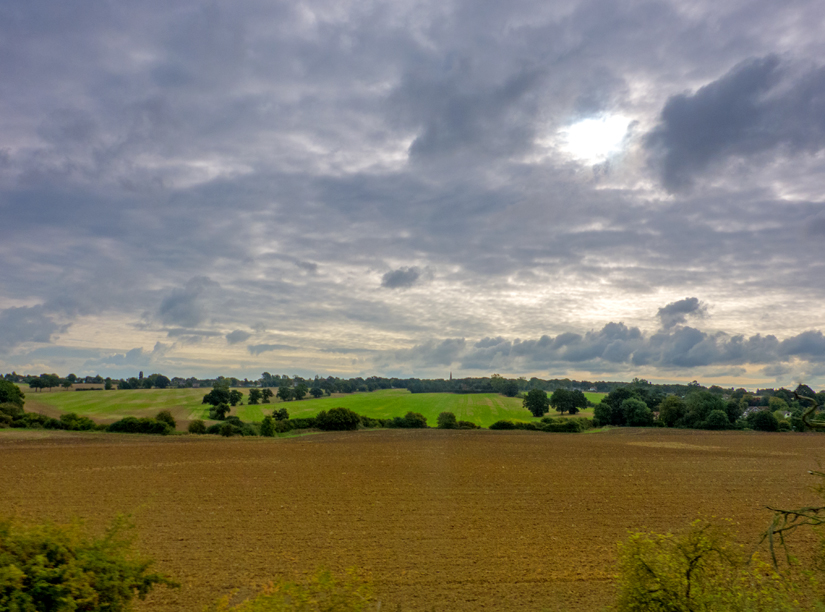
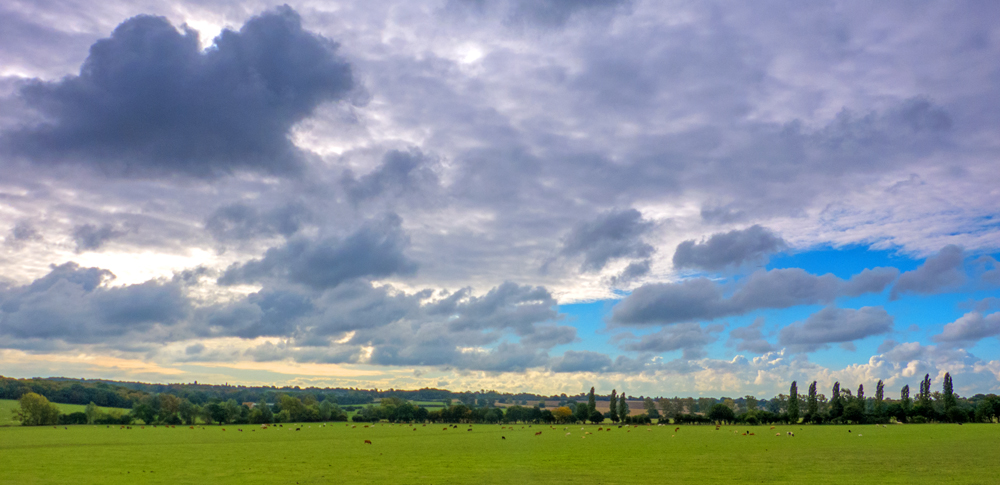
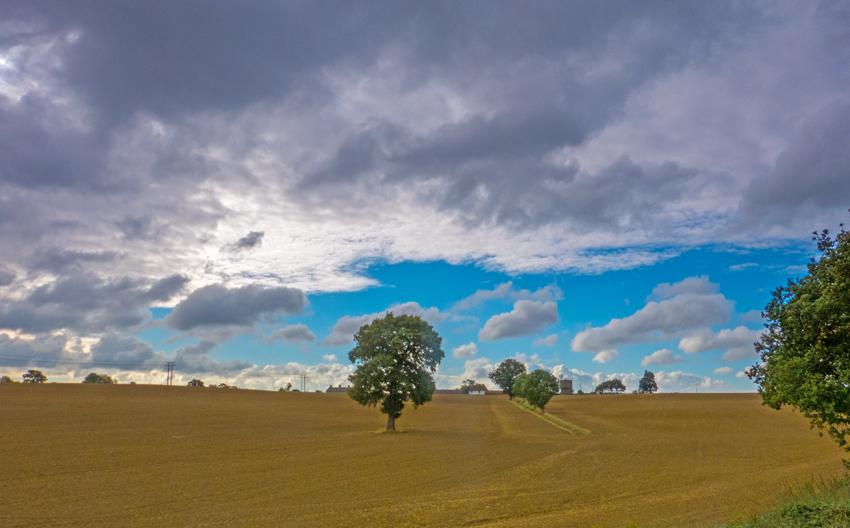


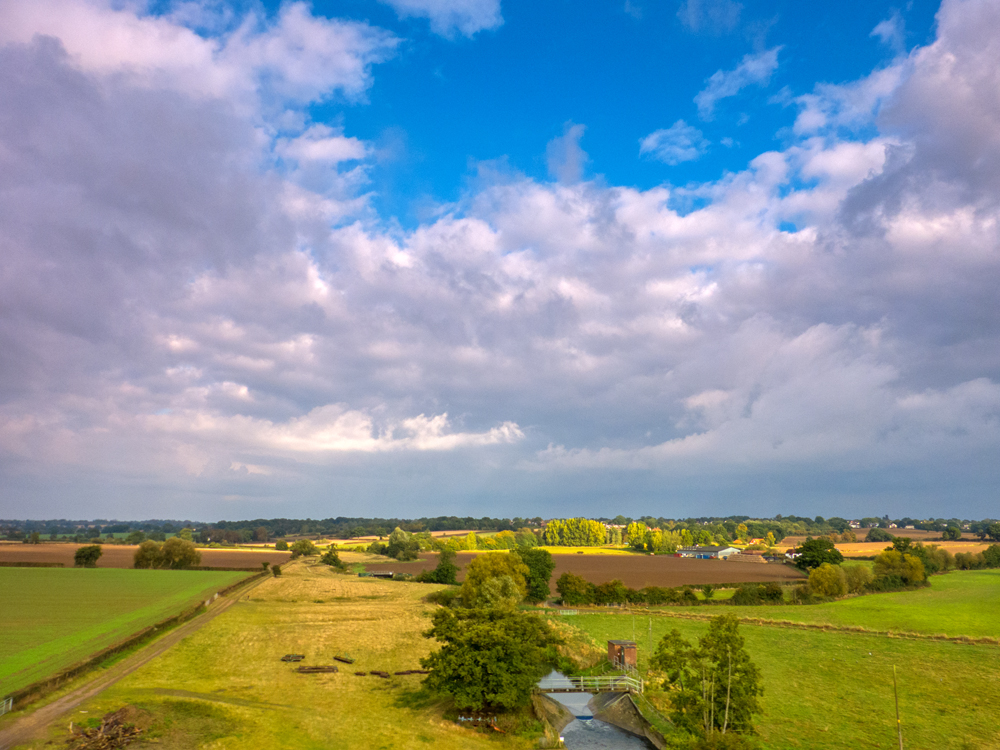
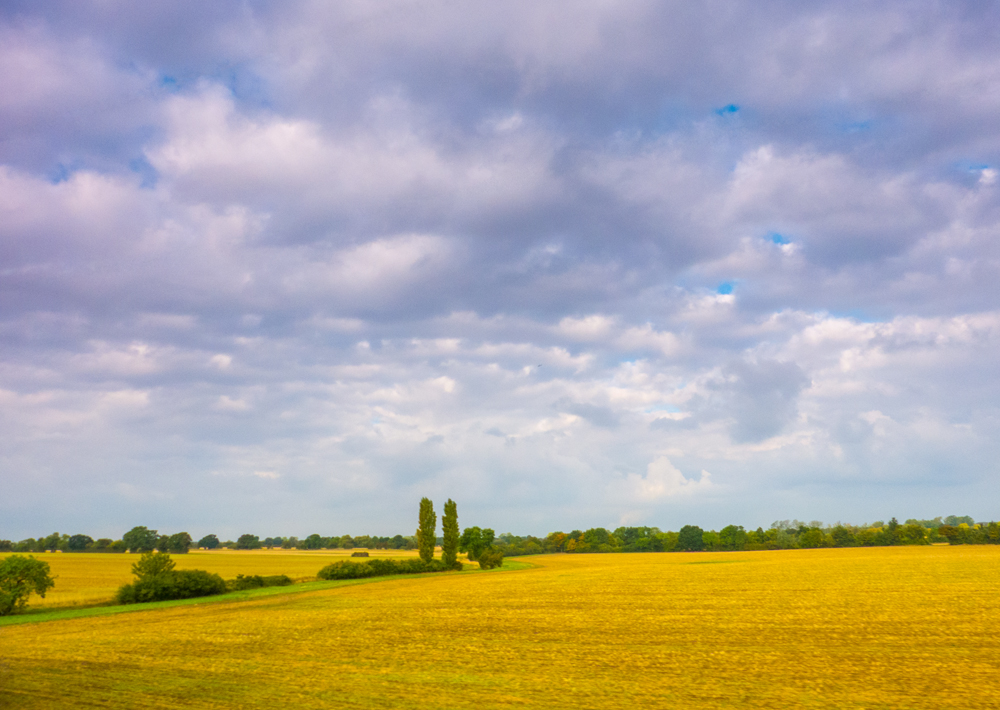
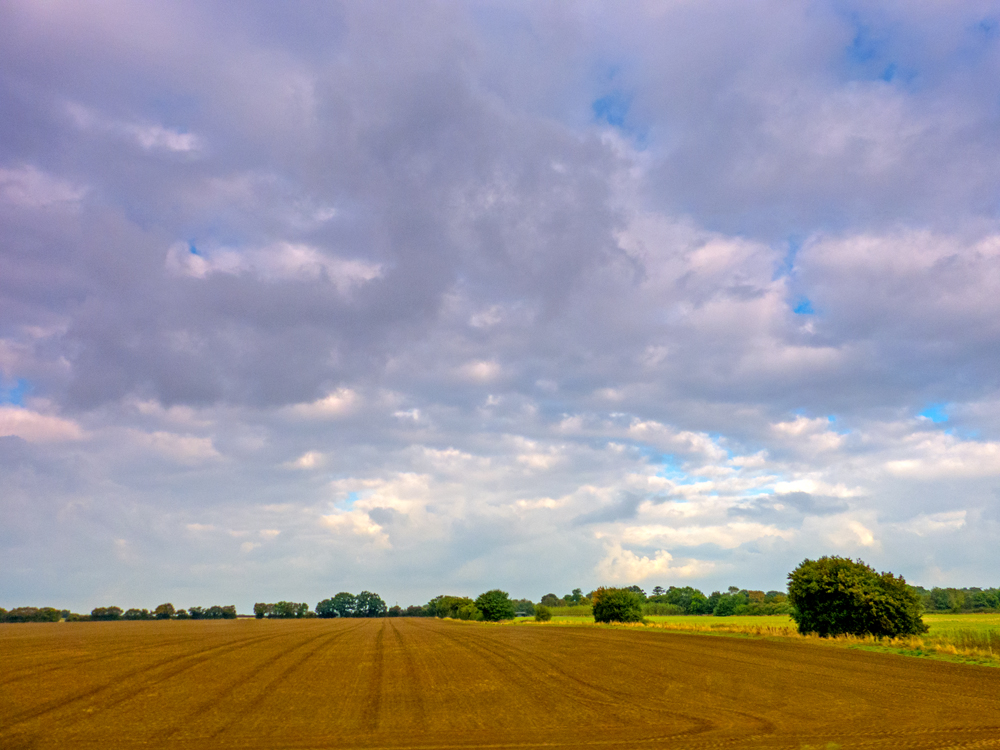
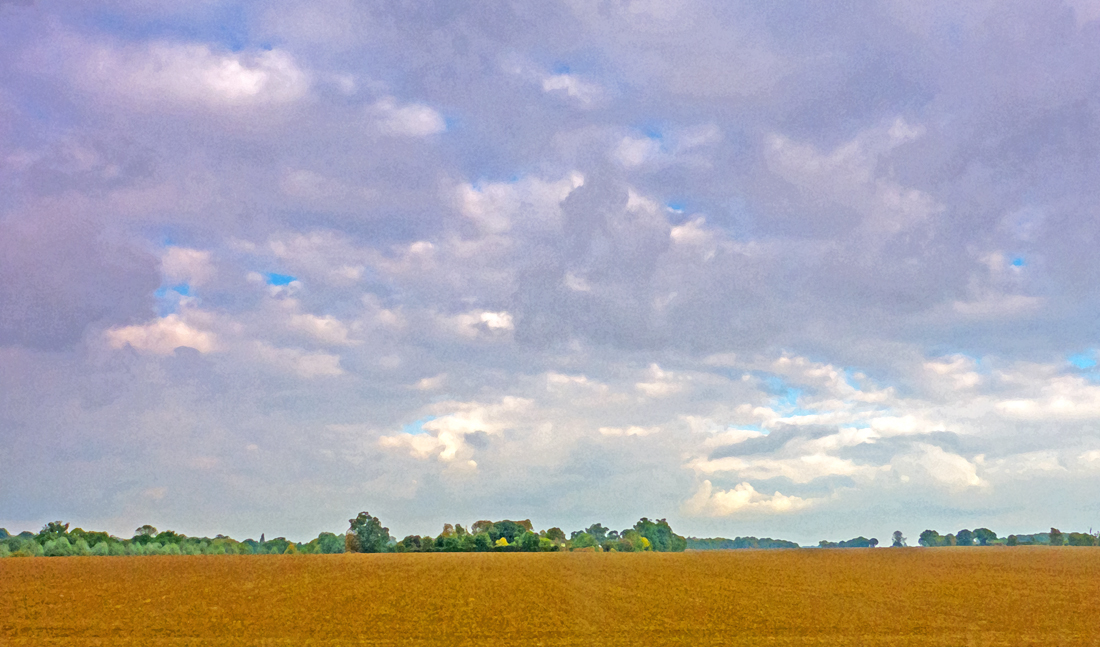
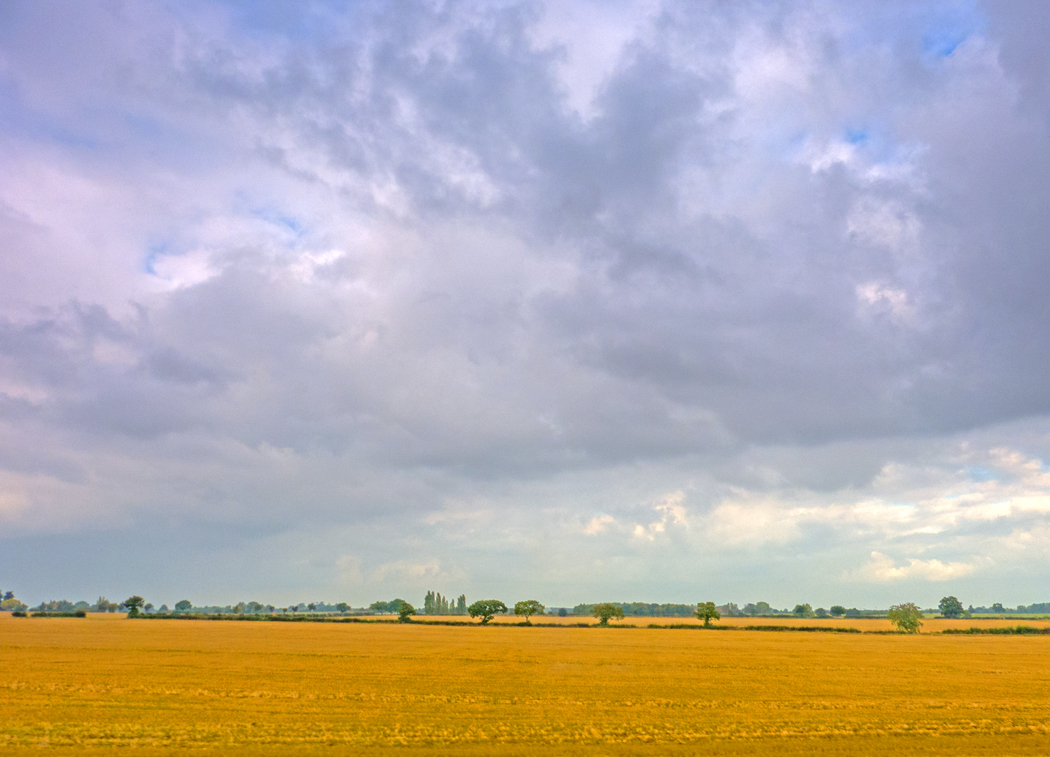
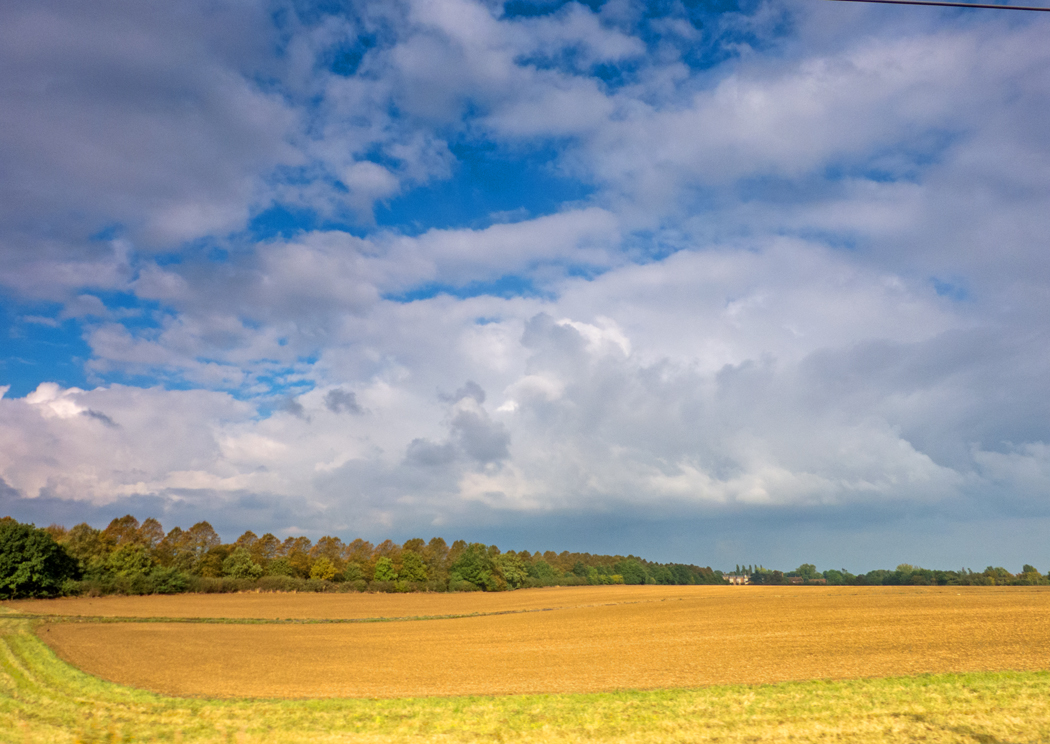
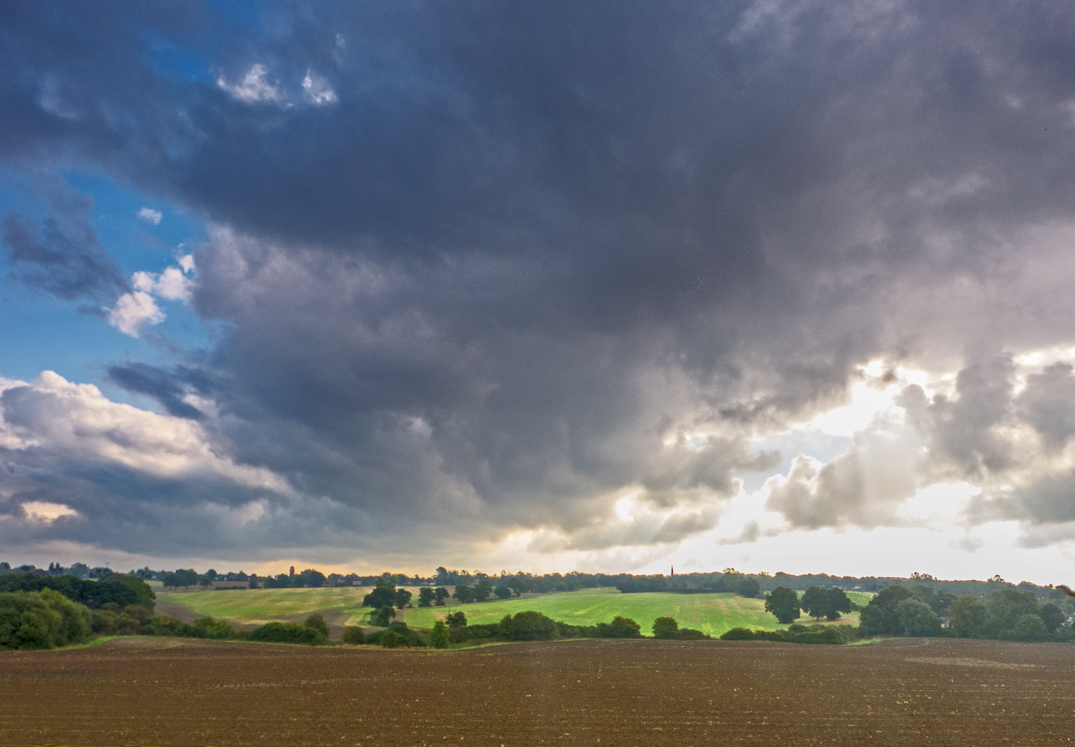
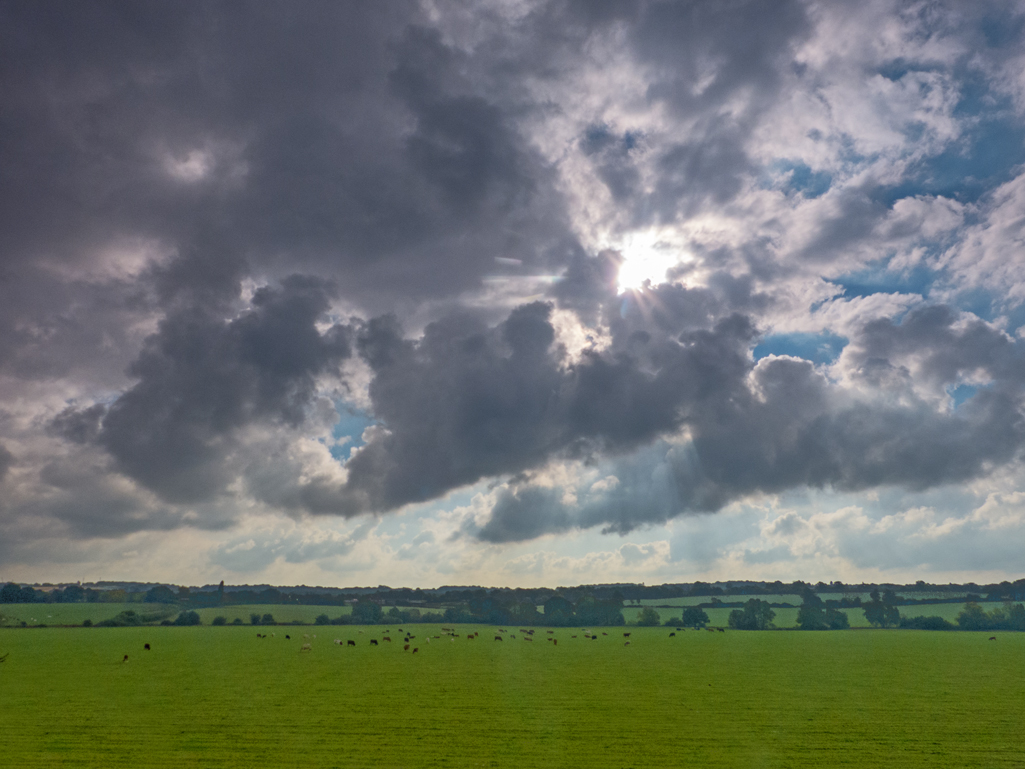
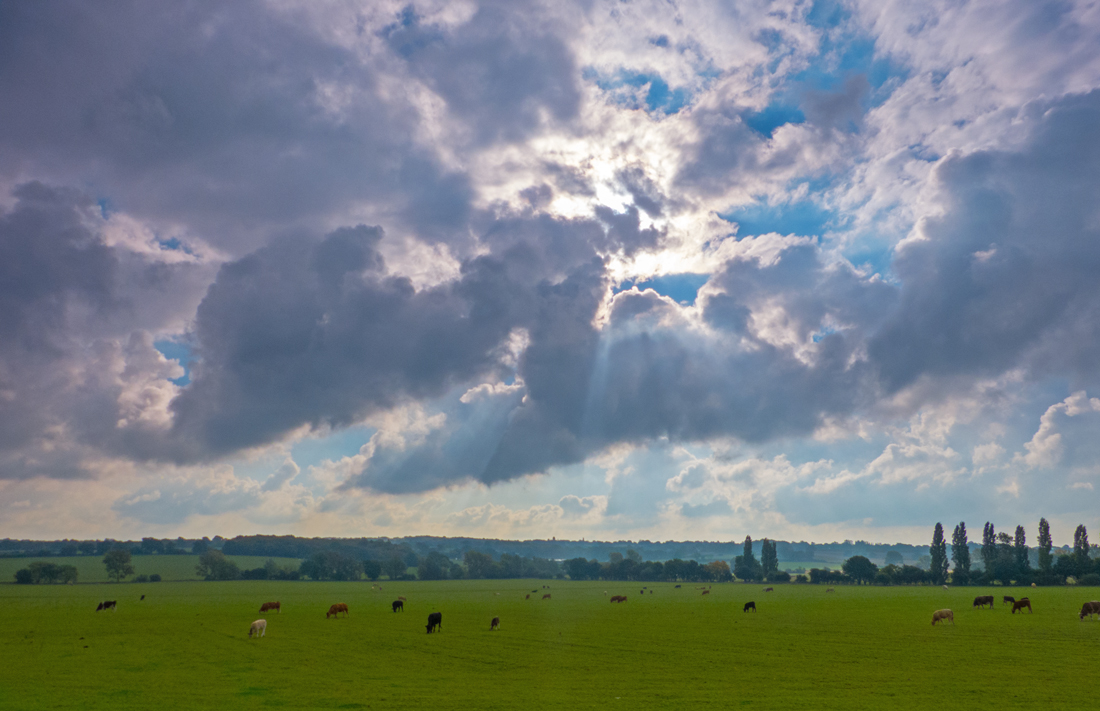
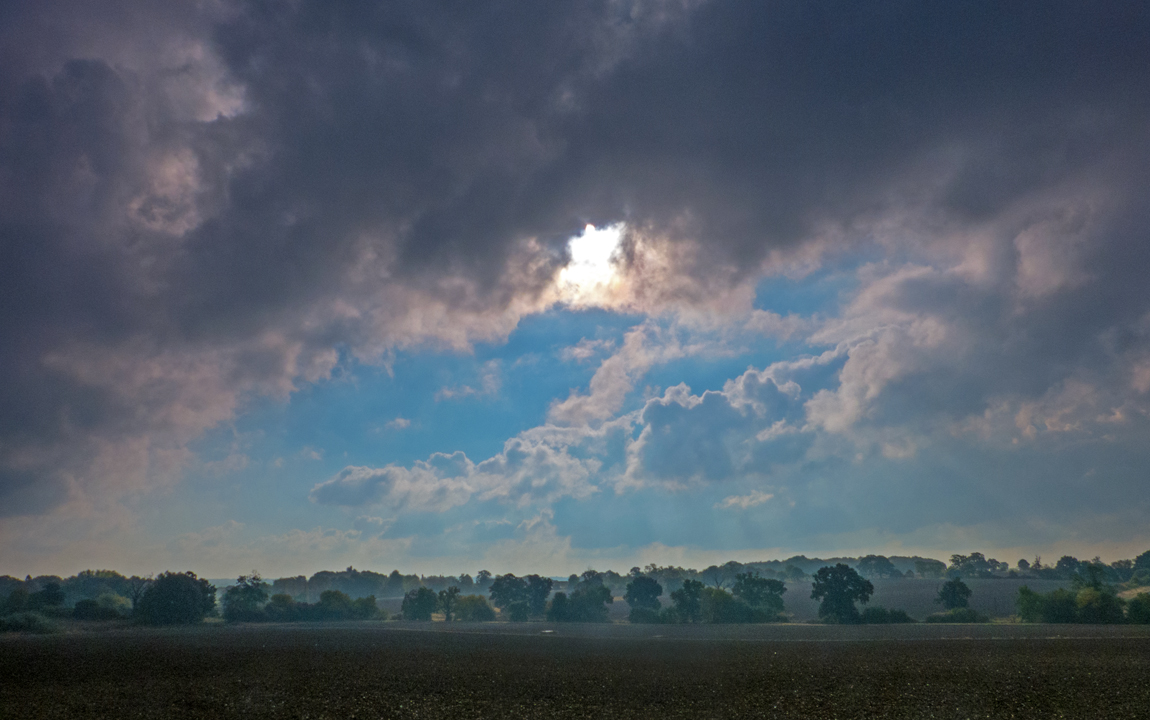
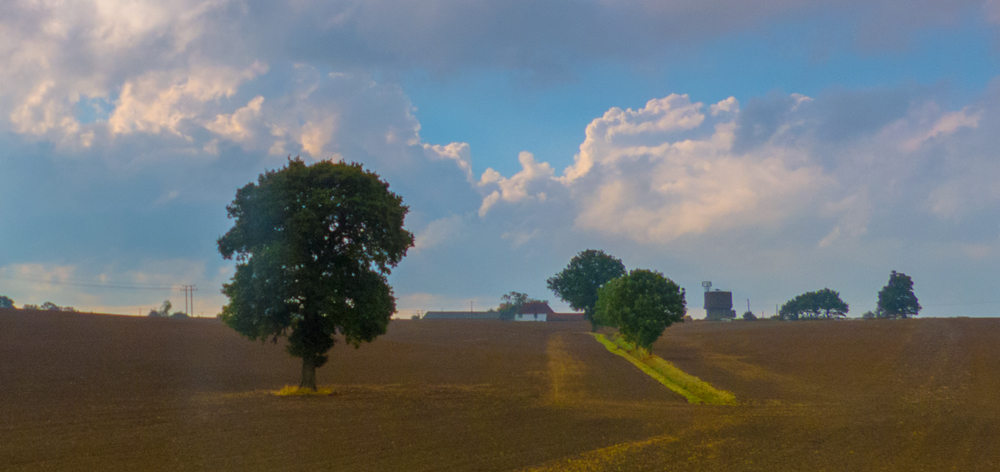
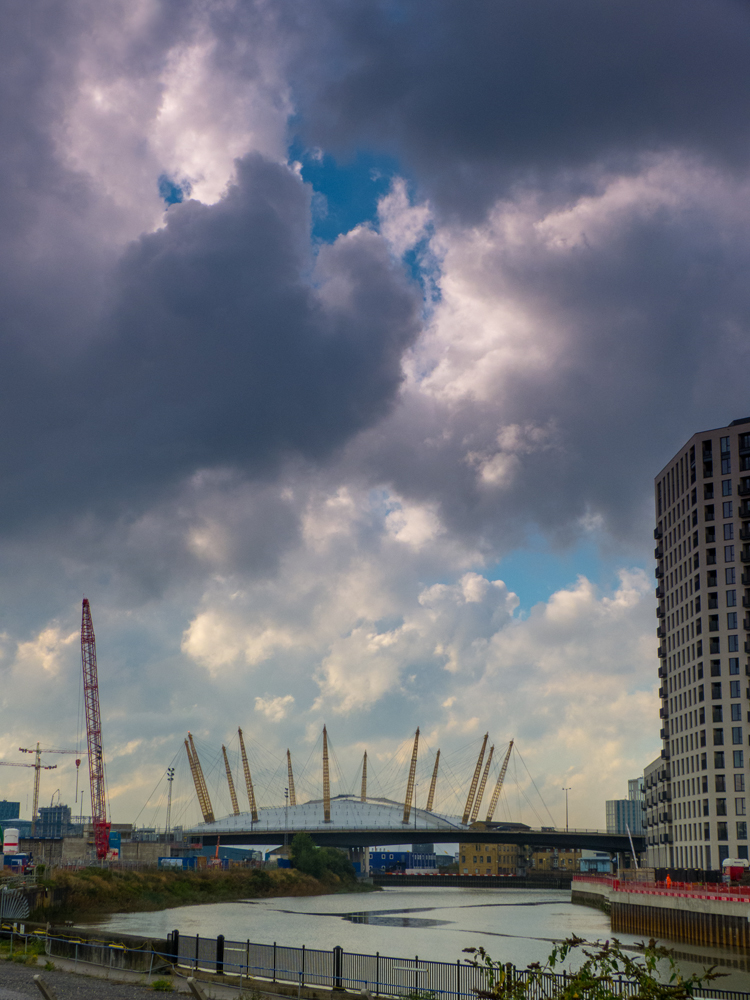

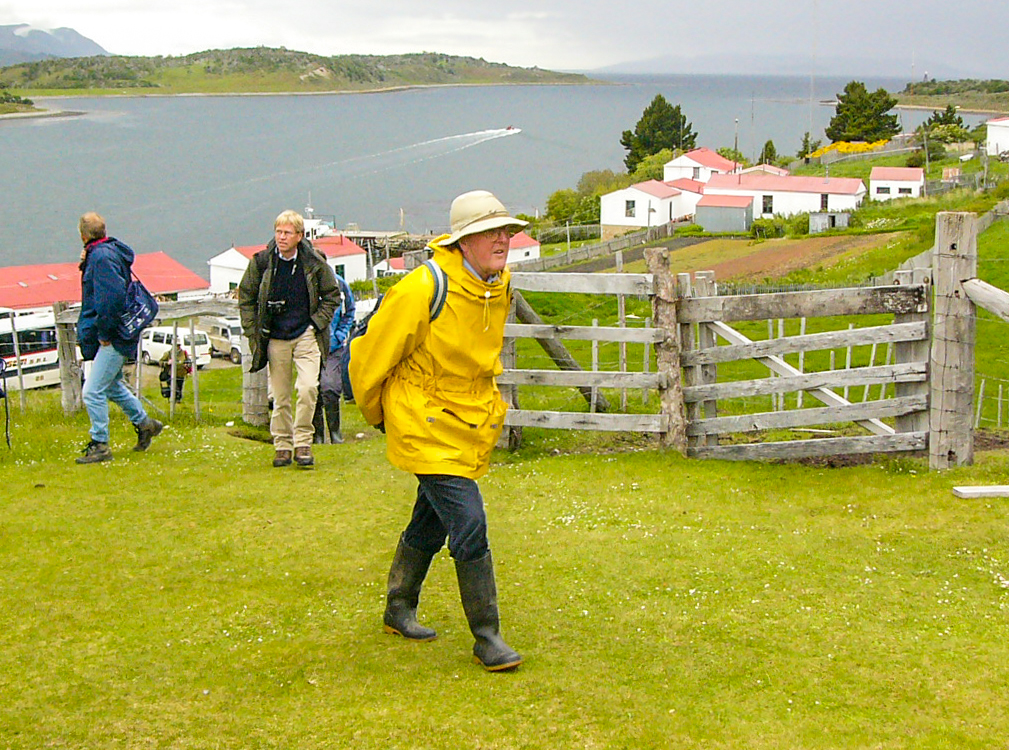
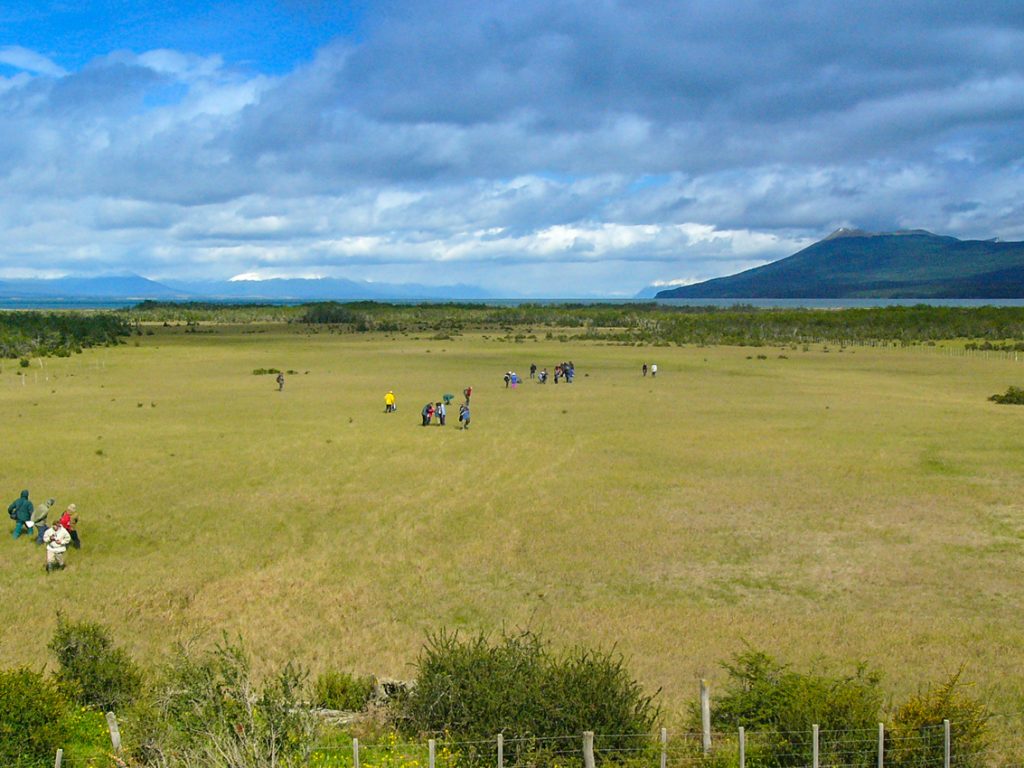
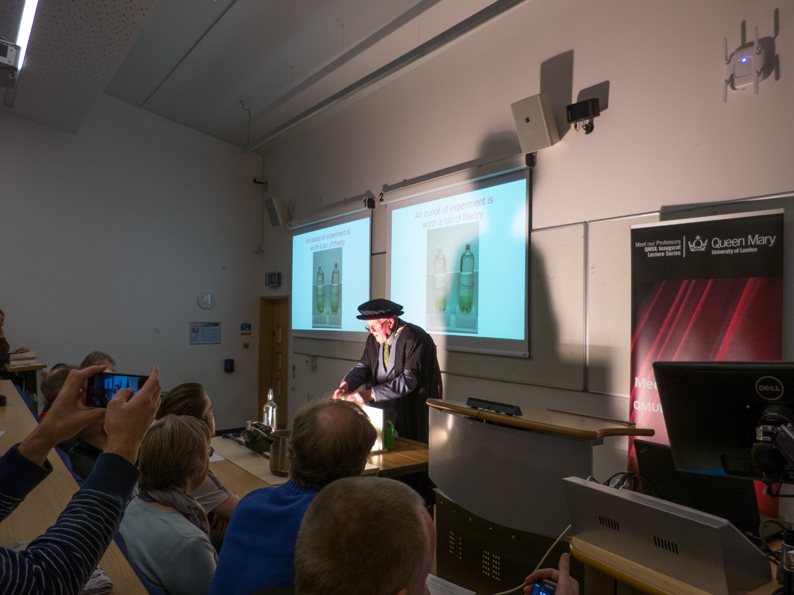
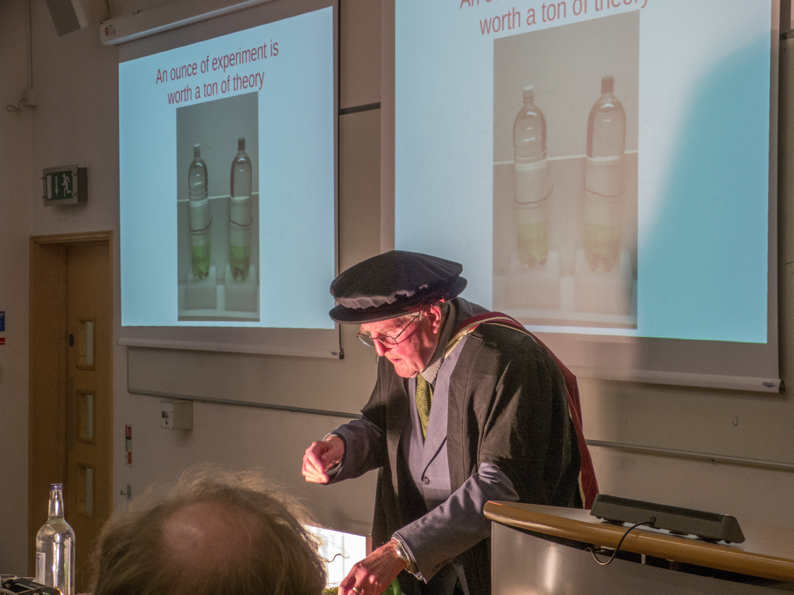
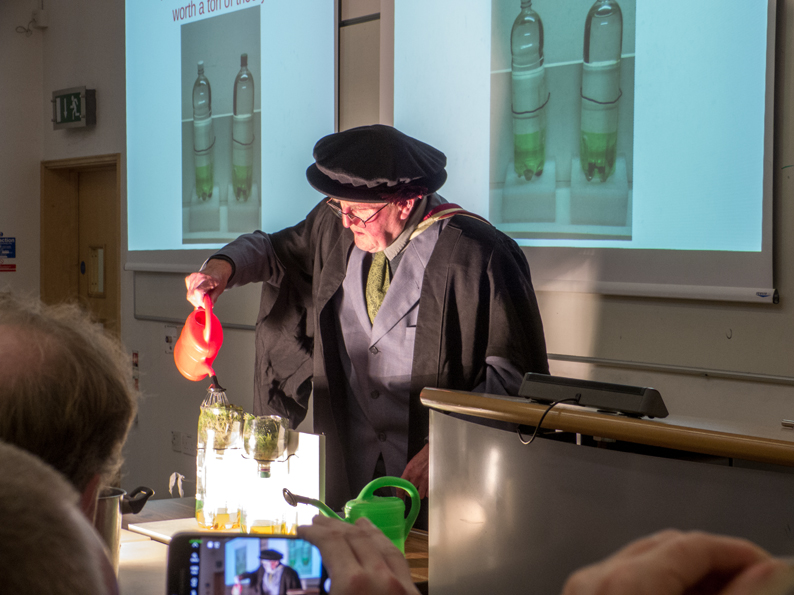
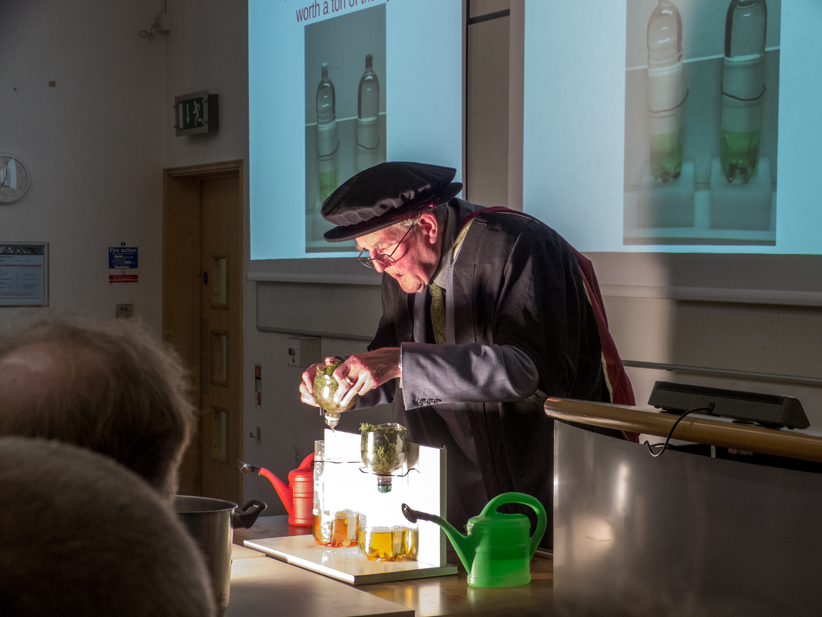
![Your Britain - Fight for it Now [South Downs]](http://media.iwm.org.uk/iwm/mediaLib/148/media-148509/standard.jpg?action=e&cat=posters)
![U Boote Heraus! [The U-boats Are Out!]](http://media.iwm.org.uk/ciim5/358/656/mid_000000.jpg?action=e&cat=posters)




